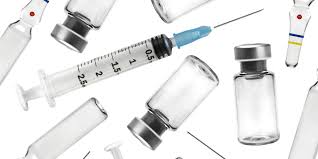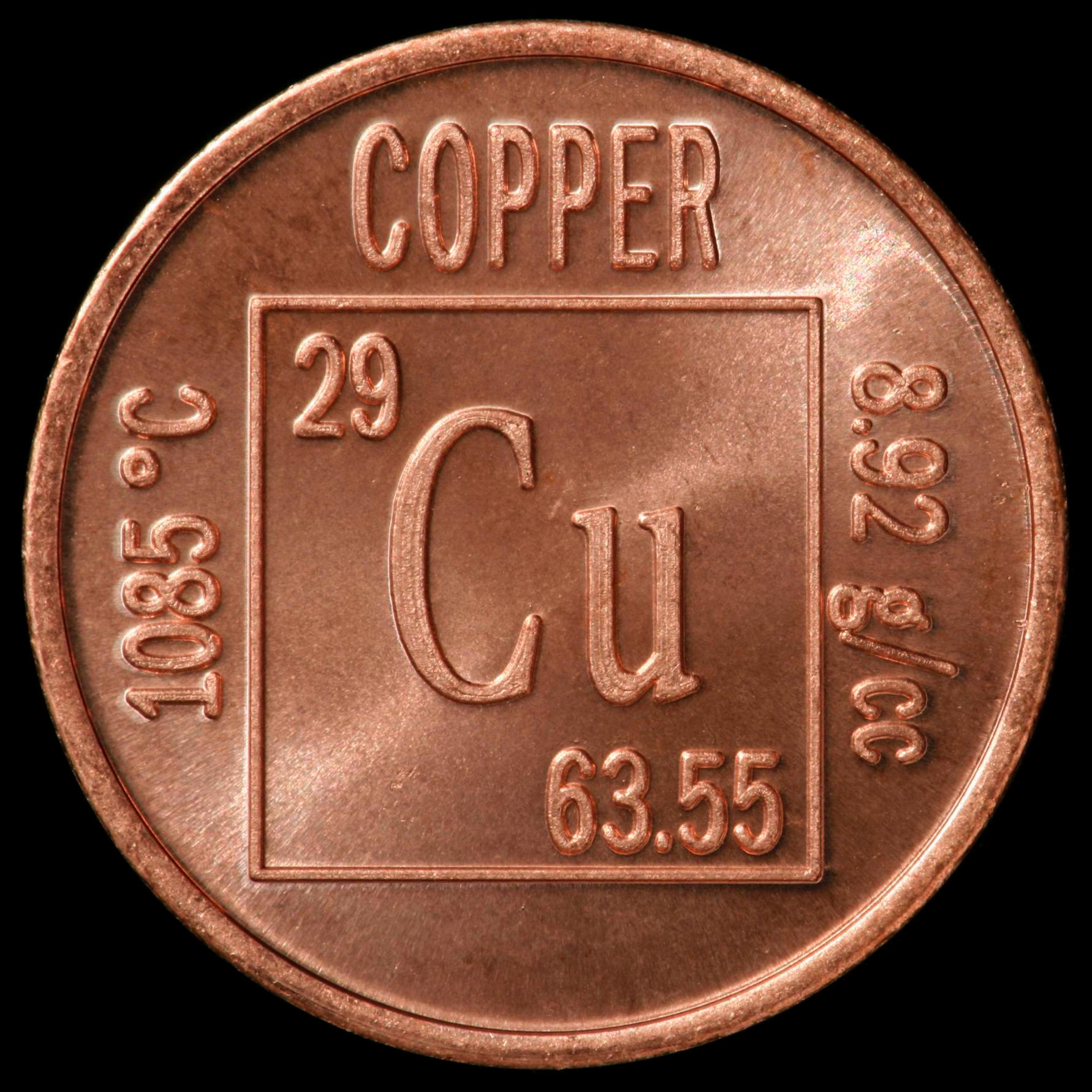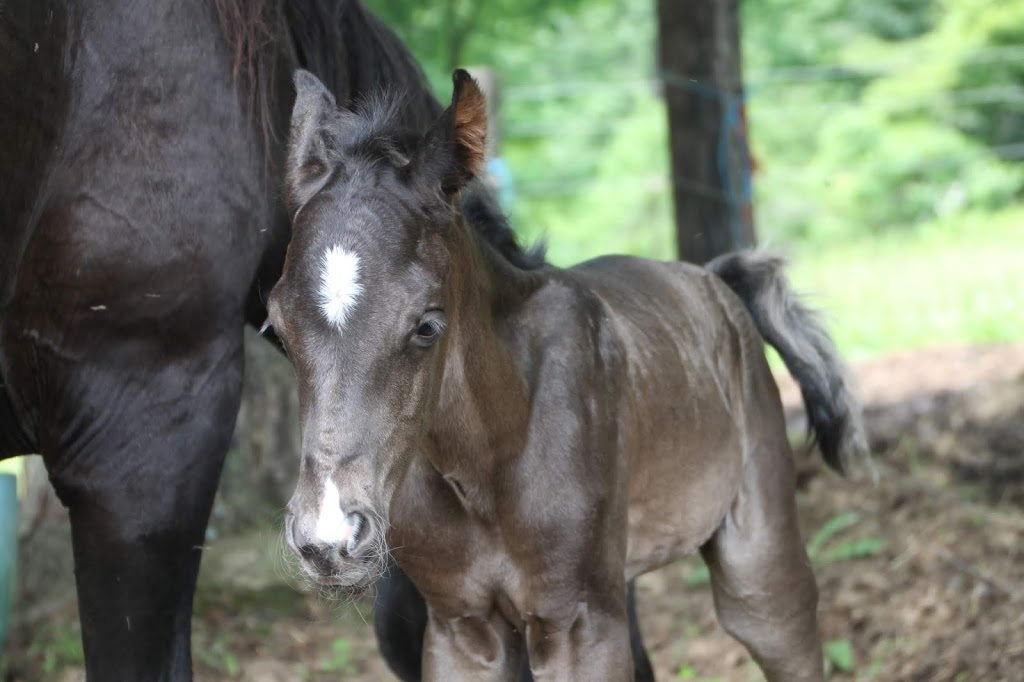Basic Goat Care (as seen in the MGR newsletter)
The 6 basic building blocks of any goat’s diet are fats, carbohydrates, proteins, water, vitamins, minerals. There are many excellent books and online articles, including peer-reviewed studies, dealing with the basics of goat diet. So let’s focus on the less-basic, less-mainstream bits of information that will be useful for your goats. Please keep in mind I am feeding for a long, healthy life, healthy kids, minimal medical/chemical intervention and cost-effective feed use, not necessarily the fastest growth or highest meat to bone ratio.
Water. The quality of your goats’ water is extremely important. Studies have shown that water intake controls feed intake, milk production and weight gain. Some thoughts to consider: Do you have hard water? If so, do you use a water softener? There is anecdotal evidence that the salts in water softeners can be a health risk. Generally, force-feeding salt (what softened water does) is not recommended in most situations. Do you provide your water in galvanized metal troughs or buckets? Metals such as zinc, lead and cadmium can leach from the galvanized surface. Do you use soft black rubber buckets? Rubber is conditioned with the chemical ethoxyquin, which can leach into water, especially in the hot summer sun. There is debate whether ethoxyquin has harmful side effects. I personally take the cautious approach and avoid rubber water buckets and feed tubs, choosing instead to use hard plastic buckets and troughs. Do you water with garden hoses? Many garden hoses are made of PVC, which is stabilized with lead, and can leach lead, especially if left sitting in the sun. A simple solution is to use hoses labeled for potable water use.
Fats. Fats should not be more than 5% of the total diet, because they can suppress fermentation in the rumen. Fats are a good source of energy, and excess energy goes to weight gain as fat stores. My personal fat favorites are black oil sunflower seeds (watch out for chemical sprout inhibitors), chia seeds, and soybeans (heat treated, chemical-free, not genetically modified).
Carbohydrates. Carbs are sugars, starches and fiber that are used for energy, with excess energy stored as fat. Hay, browse and grain are the primary souces of carbohydrates. Looking to wild goats as the baseline, I feel goats should get the majority of their nutrition from their forage, and I select for goats that thrive on this program of free choice forages. For hay, I prefer a grass/legume mix like timothy/alfalfa or timothy/clover. Of course, add in browsing on living plant matter and field crops. I am cautious about feeding straight alfalfa because the high calcium inhibits iodine uptake (thyroid issues), suppresses magnesium, the high protein can stress kidneys, the high calcium suppresses copper and zinc (can actually cause calcium deficiency or calcium deposits in the body), and the minerals can contribute to the formation of stones/calculi. For grain, my favorites are oats and barley, as they are the least likely to be genetically modified (GM). I will only feed corn from trusted sources, as most corn is now GM and heavily sprayed with herbicides.
Proteins. A quick rule of thumb for proteins. In my experience, animals are growing their fastest when nursing. So to determine the maximum protein level that should exist in their diet when protein demand is highest (growing kids, lactating does), look at their mother’s milk, especially in the first month of lactation when still producing colostrum. For goat, milk crude protein varies fairly widely, not going higher than about 5% at birth and dropping to 3-4%. So your typical goat with average protein demand likely needs no more than 5% total protein in the diet. Because goats are ruminants, protein is also required to provide nitrogen to feed the rumen bacteria. Excess protein cannot be stored, and can put strain on the kidneys during excretion.
Vitamins. Much good basic information exists on vitamins. Additonally, vitamins A, D, E and K are fat soluble, meaning these vitamins can accumulate in the body and become toxic if overfed. Also, goats make their own vitamin A (made from beta-carotene in green plants, stored in the liver), B (made by micro organisms in the rumen), C (made in body tissue), D (made in skin, requires sun exposure) and K (made by micro organisms in the rumen).
Minerals. Minerals are a favorite topic of mine. The macro, or major minerals, are Calcium (Ca), Magnesium (Mg), Phosphorus (P), Potassium (K) and Sodium (Na). The trace minerals are Boron (B), Cobalt (Co), Chromium (Cr), Copper (Cu), Iodine (I), Iron (Fe), Manganese (Mn), Molybdenum (Mo), Selenium (Se), Vanadium (V) and Zinc (Zn). Minerals are sometimes referred to as organic or inorganic. Inorganic minerals are elemental minerals or mineral salts. Organic minerals are minerals bonded to amino acids. Plants are the original chelators, turning inorganic minerals into organic chelated minerals. Browsing and grazing animals do best on a mixture of organic and inorganic minerals (humans need organic). There are many different manufacturing processes to create chelated minerals. The cheaper processes often do not complete the chelation reaction, leaving a mix of chelated and non-chelated minerals, or create larger molecules bigger than 1500 daltons, too big to be absorbed. In order of least available to most, or ease of absorbtion:
- Oxides (about 1% absorbable)
- Sulfates and carbonates (about 15% absorbable)
- Proteinates
- Amino acid chelates (about 80% absorbable, small size of 800 daltons)
For my goats, I prefer a mix of 1/3 amino acid chelates and 2/3 sulfates and carbonates.
Copyright Carrie Eastman, 2016
Sources:
The Albion Chelated Minerals by Judy Sinner 1999
Minerals: Right on Target by Steven N. Harvey 1987
Links:
http://www.albionminerals.com/
http://drinc.ucdavis.edu/goat1.htm
http://wellness.barakah.farm/wp-content/uploads/sites/3/2012/03/PROD2008a6e07b6a_20080919091855176.pdf
http://www.journals.elsevierhealth.com/periodicals/rumin/article/PIIS0921448811003646/abstract
Goat Parasites
You May Also Like

Suggestions you can use to wade through the information on vaccines
May 20, 2014
Copper revisited, and a bit more about chelates and compounds for you science folks
December 10, 2013
